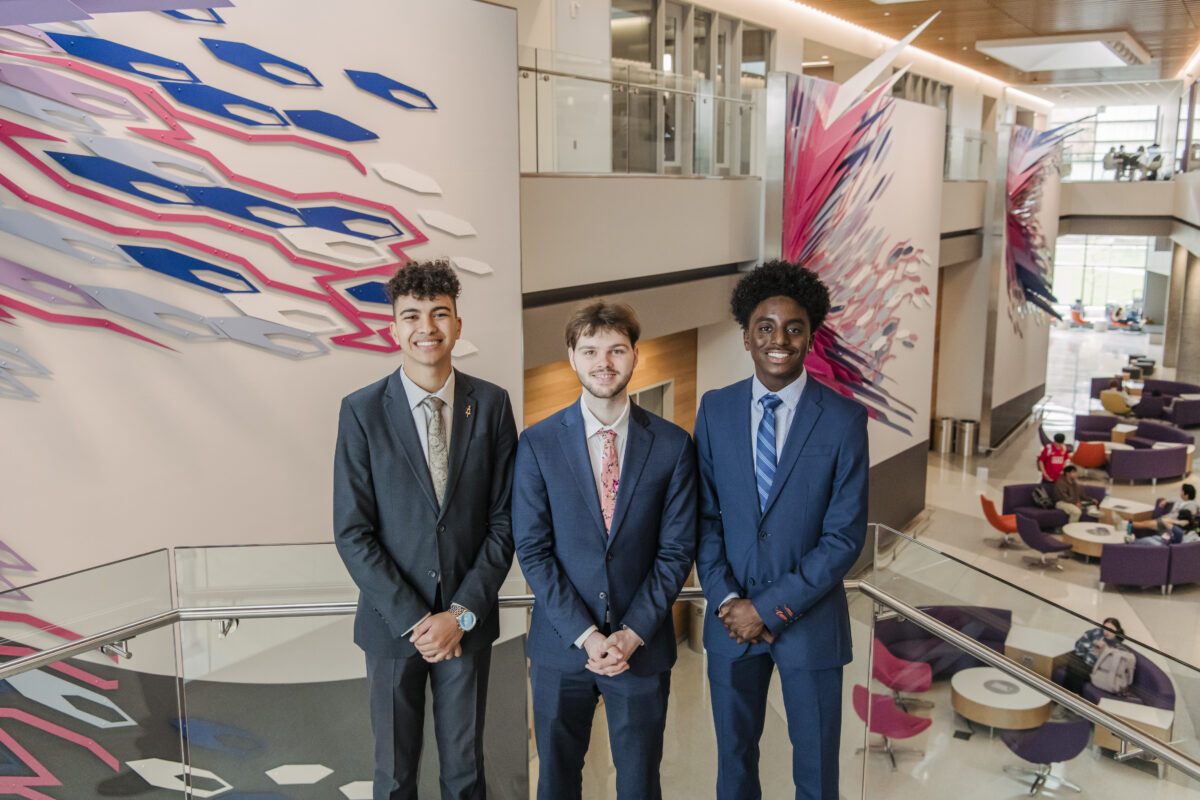Uncovering the History of the Gwynns Falls Trail
Click here to view stops along the trail with commentary by Ed Orser.
Baltimore’s well-known and diverse neighborhoods are linked by a lesser-known urban trail that is described by W. Edward Orser, UMBC professor of American studies, in his new book, The Gwynns Falls: Baltimore Greenway to the Chesapeake Bay. Orser’s book uncovers the environmental and human record of this 15-mile urban landscape that binds the city’s Westside, a path Orser refers to as “Baltimore’s string of pearls.”
The trail follows the Gwynns Falls for most of its route, linking roughly 2,000 acres from the hills of the city’s northwest border at the end of Interstate 70 to waterside gateways at the Inner Harbor and Middle Branch. Along the way, the area’s history is evident at sites once occupied by flourishing mills and in the tracks and viaducts of still-active rail lines, among the earliest in America.
The trail connects 30 Baltimore neighborhoods, from the city’s most affluent to some now experiencing economic stress. The Gwynns Falls also explains the role of race in shaping the heritage and social character of these neighborhoods along the Gwynns Falls.
“Indelibly marking the experience of residents of those communities, past and present, is the history of race relationstraditions of racial segregation and discrimination, as well as the ongoing struggle for equality and opportunity,” Orser writes in the book’s preface.
A member of the UMBC faculty since 1969, Orser’s community studies projects have provided American studies students with important research and fieldwork experiences investigating the social and cultural aspects of Baltimore-area communities, including the Gwynns Falls. A recent example includes students in the current senior American Studies Honors Program, who recently read the book, then accompanied Orser on a field trip to sites along the trail.
“In follow-up essays, the studentsKatelyn Chiarello ‘09, Susan Kane ‘09, Samantha McGarity ‘08 and Alex Hyland ‘09 – wrote about how the history of the area could be interpreted to school or public groups, especially highlighting such topics as Native American and African American heritage, environmental history and social activism,” said Orser.
Orser conducted research for the 30 informational panels that have been placed along the trail by the Gwynns Falls Trails Council under a grant from the National Park Service’s Chesapeake Gateways program.
The Gwynns Falls amplifies Orser’s research beyond what could be conveyed on the panels.
“The book covers the distinctive rowhouse communities of southwest Baltimore, the streetcars that once passed through to Catonsville and Woodlawn, the three members of the National Baseball Hall of Fame who grew up playing on westside sandlots and the decades of community opposition to the proposed east-west expressway through critical sections of parks now used by the trail,” said Orser.
Click play to view stops along the trail with commentary by Ed Orser.
(10/30/08)
© 2007-08 University of Maryland, Baltimore County 1000 Hilltop Circle, Baltimore, MD 21250 410-455-1000



